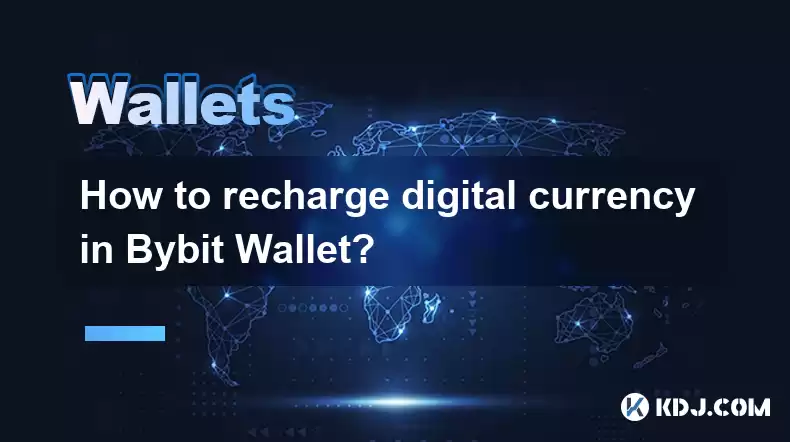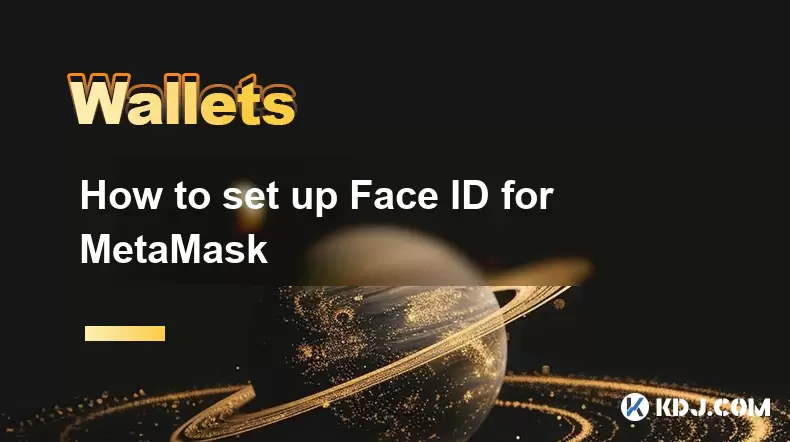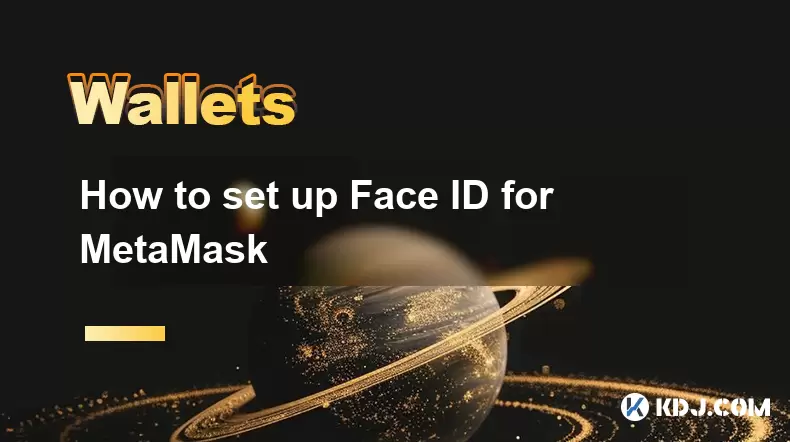-
 Bitcoin
Bitcoin $118600
-2.59% -
 Ethereum
Ethereum $4282
-0.42% -
 XRP
XRP $3.129
-4.21% -
 Tether USDt
Tether USDt $0.0000
0.01% -
 BNB
BNB $805.4
-1.80% -
 Solana
Solana $174.3
-5.77% -
 USDC
USDC $0.9998
-0.01% -
 Dogecoin
Dogecoin $0.2230
-6.33% -
 TRON
TRON $0.3466
1.70% -
 Cardano
Cardano $0.7745
-5.73% -
 Chainlink
Chainlink $21.37
-3.53% -
 Hyperliquid
Hyperliquid $42.93
-7.25% -
 Stellar
Stellar $0.4324
-4.94% -
 Sui
Sui $3.660
-7.17% -
 Bitcoin Cash
Bitcoin Cash $591.6
2.72% -
 Hedera
Hedera $0.2467
-7.04% -
 Ethena USDe
Ethena USDe $1.001
0.00% -
 Avalanche
Avalanche $22.92
-6.14% -
 Litecoin
Litecoin $118.8
-3.79% -
 Toncoin
Toncoin $3.378
-0.46% -
 UNUS SED LEO
UNUS SED LEO $9.011
-1.15% -
 Shiba Inu
Shiba Inu $0.00001294
-5.81% -
 Uniswap
Uniswap $11.24
0.53% -
 Polkadot
Polkadot $3.870
-6.16% -
 Cronos
Cronos $0.1662
-1.68% -
 Dai
Dai $1.000
0.02% -
 Ethena
Ethena $0.7915
-5.62% -
 Bitget Token
Bitget Token $4.414
-1.65% -
 Monero
Monero $259.3
-3.85% -
 Pepe
Pepe $0.00001120
-8.29%
How to recharge digital currency in Bybit Wallet?
Recharge your Bybit wallet by transferring crypto from an external source, ensuring accuracy in the deposit address to avoid irreversible fund loss. Always double-check!
Mar 30, 2025 at 09:56 am

Understanding Bybit Wallet and its Recharge Process
Bybit, a popular cryptocurrency exchange, offers a user-friendly wallet system for managing various digital assets. Recharging your Bybit wallet involves transferring cryptocurrencies from an external wallet or exchange to your Bybit account. This process is generally straightforward, but understanding the specifics is crucial to avoid errors and potential losses. Different cryptocurrencies might have slightly varying procedures, so paying attention to detail is key. Always double-check the recipient address before initiating any transfer.
Step-by-Step Guide to Recharging Your Bybit Wallet
Before you begin, ensure you have a Bybit account and have completed the necessary KYC (Know Your Customer) verification. This is a crucial security measure implemented by most exchanges. Next, you'll need the cryptocurrency you wish to deposit and its corresponding wallet address from your external source. The process usually follows these steps:
Locate your Bybit Wallet Address: Log in to your Bybit account and navigate to your wallet section. Find the specific cryptocurrency you want to deposit and click on "Deposit". The system will display your unique deposit address. This address is crucial; ensure you copy it accurately.
Copy your Bybit Deposit Address: Carefully copy your unique Bybit deposit address. Any errors in copying this address will result in the loss of your funds. Use the copy function provided by Bybit to avoid manual typing errors. Do not share this address with anyone.
Initiate the Transfer from your External Wallet: Access your external cryptocurrency wallet or exchange. Select the cryptocurrency you wish to deposit and choose the "Send" or "Withdraw" option. Paste the Bybit deposit address into the recipient address field.
Confirm the Transaction: Double-check all details, including the amount, cryptocurrency type, and the recipient address. Confirm the transaction from your external wallet. You will usually receive a transaction ID or hash which can be used to track the progress of your transfer.
Monitor your Bybit Wallet: After initiating the transfer, monitor your Bybit wallet for the credited funds. The time it takes for the transaction to be confirmed and reflected in your Bybit wallet depends on the network's speed and congestion. Be patient and allow sufficient time for confirmation.
Understanding Network Fees and Confirmation Times
Network fees, also known as transaction fees or gas fees, are charges levied by the cryptocurrency network for processing transactions. These fees vary depending on the cryptocurrency and network congestion. Higher fees usually result in faster transaction confirmation times. You'll need to pay these fees from your external wallet when initiating the transfer. Always factor in these fees when calculating the amount to send. The confirmation time also depends on the network's congestion. Some cryptocurrencies might take several minutes, while others might take hours or even days.
Security Best Practices When Recharging Your Bybit Wallet
Security is paramount when handling cryptocurrencies. Here are some best practices to follow:
Use a Strong Password: Choose a strong, unique password for your Bybit account and enable two-factor authentication (2FA) for enhanced security. Never reuse passwords across different platforms.
Verify the Recipient Address: Always double-check and verify the recipient address before initiating any transfer. A single incorrect digit can lead to irreversible loss of funds.
Use Reputable Wallets and Exchanges: Only use reputable and trusted cryptocurrency wallets and exchanges to minimize the risk of scams or security breaches. Avoid unknown or suspicious platforms.
Be Aware of Phishing Scams: Be wary of phishing emails or messages that may attempt to trick you into revealing your login credentials or private keys. Bybit will never ask for your private keys.
Frequently Asked Questions
Q: What happens if I enter the wrong address when recharging my Bybit wallet?
A: Entering the wrong address will likely result in the irreversible loss of your funds. There is no way to recover funds sent to the wrong address. Always double-check the address before confirming the transaction.
Q: How long does it take for my cryptocurrency to reflect in my Bybit wallet after I send it?
A: The time it takes varies depending on the cryptocurrency and network congestion. It could range from a few minutes to several hours or even days. Check the transaction status on the relevant blockchain explorer.
Q: What are network fees, and why do I have to pay them?
A: Network fees are charges levied by the cryptocurrency network for processing transactions. They compensate miners or validators for securing the network and processing your transaction. The amount varies depending on the network's congestion.
Q: What should I do if I haven't received my cryptocurrency after a long time?
A: If you haven't received your cryptocurrency after a reasonable time, check the transaction status on the relevant blockchain explorer using your transaction ID. Contact Bybit's customer support for assistance if necessary. Provide them with your transaction ID for faster resolution.
Q: Can I recharge my Bybit wallet with fiat currency?
A: No, Bybit primarily supports cryptocurrency deposits. You would need to first purchase cryptocurrency from another exchange or platform and then transfer it to your Bybit wallet.
Q: Are there any limits on how much cryptocurrency I can deposit into my Bybit wallet?
A: Bybit may have deposit limits depending on the cryptocurrency and your account verification level. Check Bybit's website for the most up-to-date information on deposit limits. Higher verification levels often allow for higher deposit limits.
Disclaimer:info@kdj.com
The information provided is not trading advice. kdj.com does not assume any responsibility for any investments made based on the information provided in this article. Cryptocurrencies are highly volatile and it is highly recommended that you invest with caution after thorough research!
If you believe that the content used on this website infringes your copyright, please contact us immediately (info@kdj.com) and we will delete it promptly.
- Dogecoin, Presale, Surge: Riding the Meme Coin Wave
- 2025-08-12 11:10:12
- Dogecoin, Tron, and the ROI Reality Check: What's a Crypto Investor to Do?
- 2025-08-12 11:15:12
- Ethereum Layer-2 Scaling Competition Heats Up as ETH Breaks $4K
- 2025-08-12 10:30:12
- China Regulation, Stablecoins, and BNB Presale: Navigating the Crypto Landscape
- 2025-08-12 11:30:12
- Meme Coins, Investment, and Token Burns: What's Hot in 2025?
- 2025-08-12 10:30:12
- China's National Security Alarm Bells Ring Over Worldcoin's Iris Scans
- 2025-08-12 11:35:12
Related knowledge

How to manage your portfolio in Exodus wallet
Aug 08,2025 at 10:07pm
Understanding the Exodus Wallet InterfaceThe Exodus wallet is a non-custodial cryptocurrency wallet that supports a wide range of digital assets. When...

How to reset your MetaMask password
Aug 08,2025 at 01:28pm
Understanding the MetaMask Password Reset ProcessMany users confuse the MetaMask password with the seed phrase or private key, but they serve differen...

How to buy Dogecoin on MetaMask
Aug 08,2025 at 03:42am
Understanding Dogecoin and MetaMask CompatibilityDogecoin (DOGE) is a popular meme-based cryptocurrency that operates on its own blockchain, originall...

How to switch between networks in Trust Wallet
Aug 09,2025 at 11:07am
Understanding Network Switching in Trust WalletSwitching between networks in Trust Wallet allows users to manage assets across different blockchains, ...

How to set up Face ID for MetaMask
Aug 12,2025 at 02:42am
Understanding Face ID and Its Role in MetaMask SecurityMetaMask is a widely used cryptocurrency wallet that allows users to interact with the Ethereum...

How to set up Face ID for MetaMask
Aug 11,2025 at 09:28am
Understanding Face ID and Its Role in MetaMask SecurityFace ID is a biometric authentication system developed by Apple that uses facial recognition to...

How to manage your portfolio in Exodus wallet
Aug 08,2025 at 10:07pm
Understanding the Exodus Wallet InterfaceThe Exodus wallet is a non-custodial cryptocurrency wallet that supports a wide range of digital assets. When...

How to reset your MetaMask password
Aug 08,2025 at 01:28pm
Understanding the MetaMask Password Reset ProcessMany users confuse the MetaMask password with the seed phrase or private key, but they serve differen...

How to buy Dogecoin on MetaMask
Aug 08,2025 at 03:42am
Understanding Dogecoin and MetaMask CompatibilityDogecoin (DOGE) is a popular meme-based cryptocurrency that operates on its own blockchain, originall...

How to switch between networks in Trust Wallet
Aug 09,2025 at 11:07am
Understanding Network Switching in Trust WalletSwitching between networks in Trust Wallet allows users to manage assets across different blockchains, ...

How to set up Face ID for MetaMask
Aug 12,2025 at 02:42am
Understanding Face ID and Its Role in MetaMask SecurityMetaMask is a widely used cryptocurrency wallet that allows users to interact with the Ethereum...

How to set up Face ID for MetaMask
Aug 11,2025 at 09:28am
Understanding Face ID and Its Role in MetaMask SecurityFace ID is a biometric authentication system developed by Apple that uses facial recognition to...
See all articles

























































































